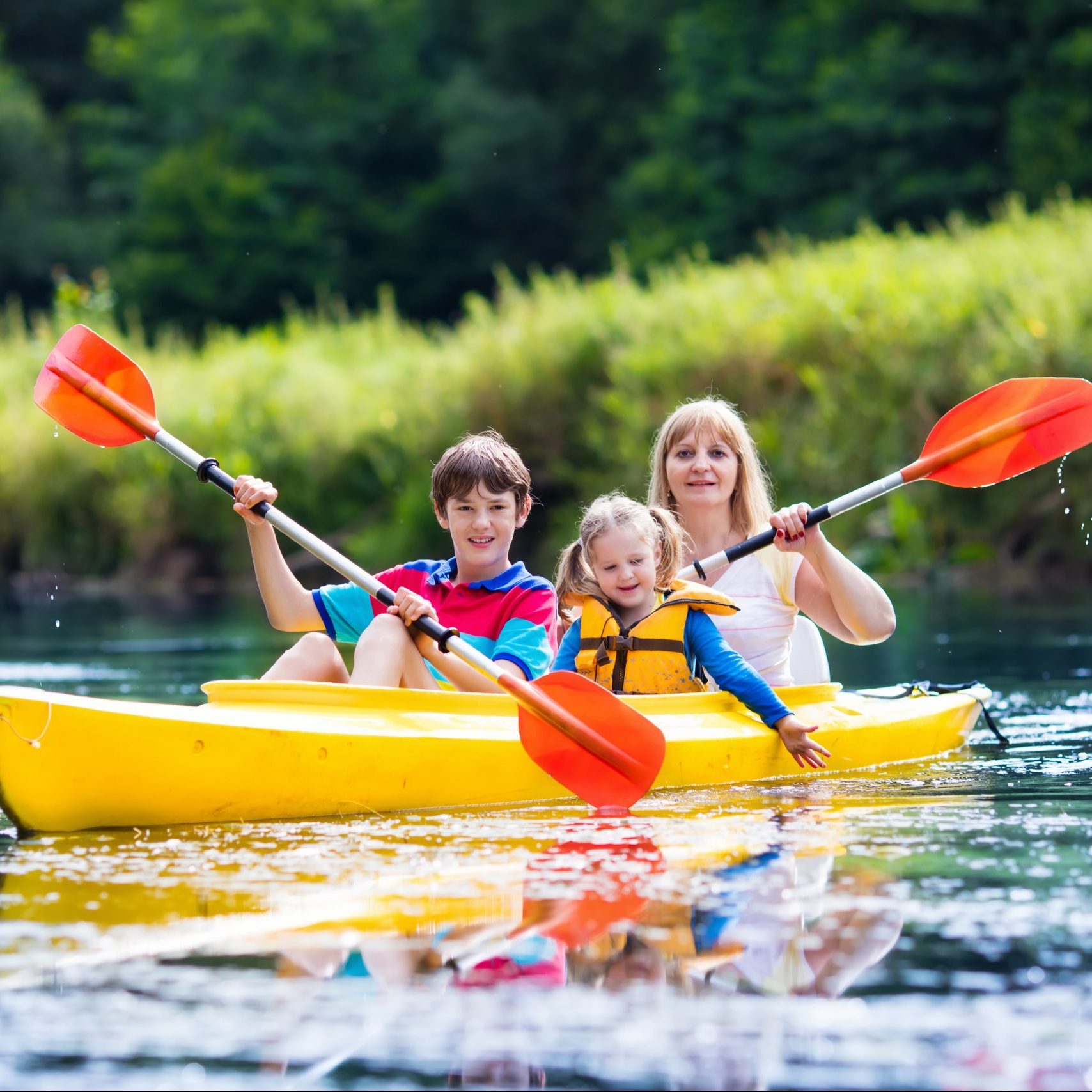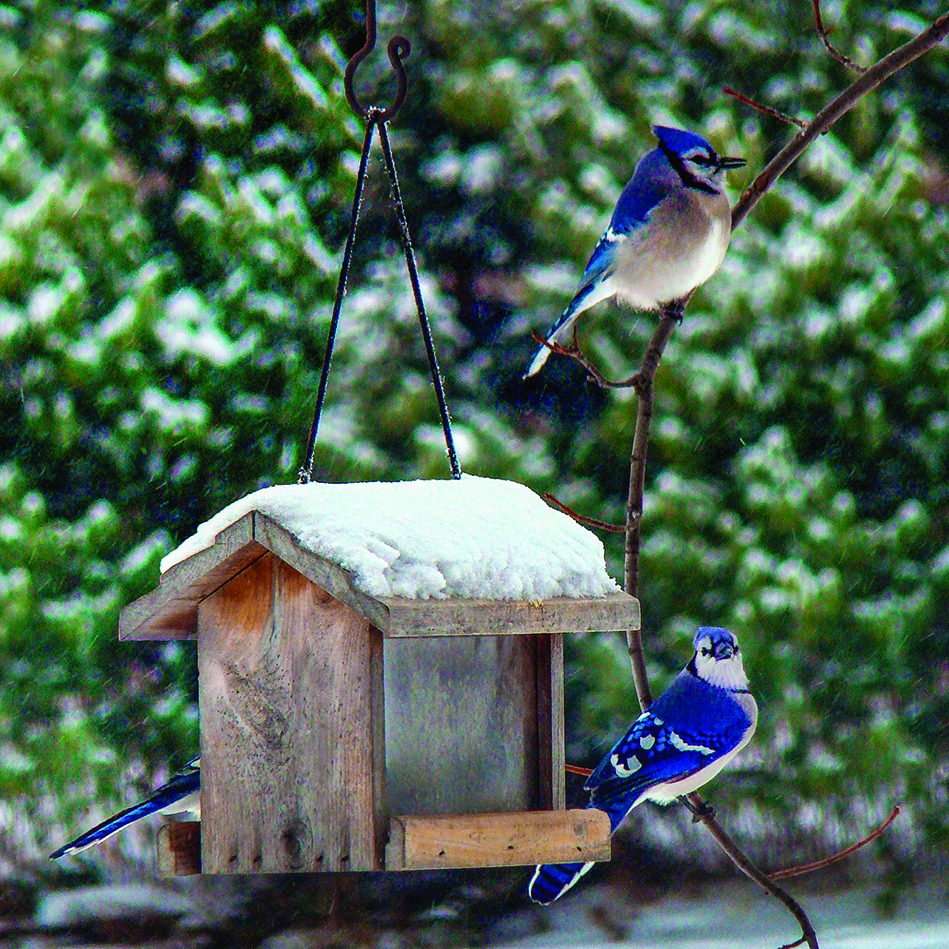Summer is a great time to enjoy recreational activities that take advantage of the great outdoors. This year summer arrives on June 20 with the summer solstice, which features the most hours of daylight of any day for the entire year. Celebrants who want to usher in another summer of fun in the sun can embrace these ideas for commemorating the start of summer.
Watch the Sunrise
Get up early and watch the sun come up on the longest day of the year. Then be sure to catch the sunset to enjoy every minute of daylight.
Host a Cookout
Memorial Day, Canada Day and Independence Day get most of the barbecue glory this time of year. But there’s nothing that says the first day of summer shouldn’t be a reason to gather friends and family for a cookout. June 20 falls on a Thursday this year, so the solstice provides the perfect excuse to take a four-day weekend and celebrate the official arrival of summer.
Light a Campfire
Traditional Midsummer’s Eve/summer solstice celebrations featured bonfires. Hold on to the tradition by gathering people around a campfire or backyard firepit. S’mores make the perfect complement to a campfire scene.
Grab Some Ice Cream
Cool off on the summer solstice by visiting a nearby ice cream shop and indulge in a sundae or triple-decker cone.
Go on a Nature Hike
Enjoy the great outdoors with a relaxing hike through a park or nature trail.
Participate in a Beach Clean-up
Make a beach trip even more enjoyable by signing up for a clean-up to clear the sand of litter. Organize an impromptu beach clean-up session either solo or with some like-minded friends.
Pick Fresh Fruit
Many berries come into season in the summer. Head to a nearby pick-your-own farm and grab fresh fruit to enjoy right away or utilize your pickings in recipes.
Plant a Flower Garden
Clean up garden beds or go to the nursery and grab some colorful annuals to spruce up areas around the yard.
The summer solstice is an opportunity to celebrate the arrival of summer and all the fun that comes with it.













